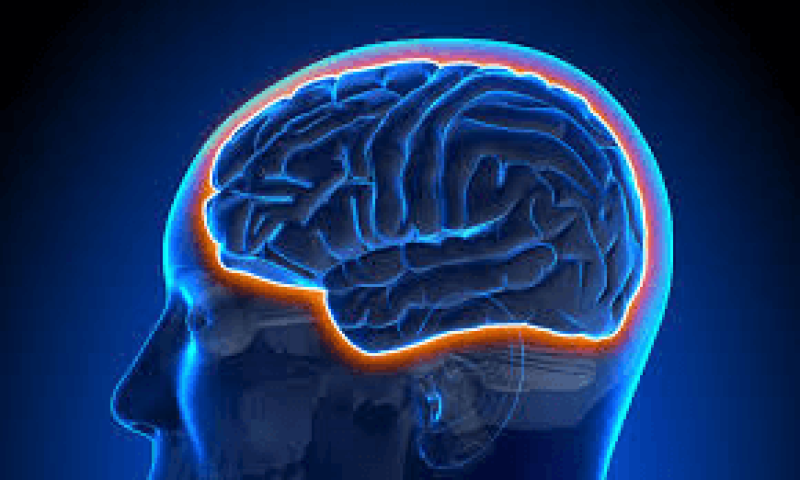Ultrasound.
Scientists at the University of Toronto recently published the results of a Phase I safety trial in Nature Communications. Nir Lipsman and colleagues used a method called magnetic resonance-guided focused ultrasound (MRgFUS) in conjunction with injected microbubbles of air to temporarily open the BBB.
…
Trojan Horses.
1. Small and fat-soluble molecules (green circles) can easily move in and out of cells by passive transport. But big stupid molecules (blue circle) cannot. Neither can amino acids (orange square); they are water-soluble, not fat-soluble.

2. Fortunately, there are active transporters (red) that “pump” necessary nutrients like amino acids and glucose into the cell. Chemists can take advantage of the active transporters by chemically hooking the big stupid molecule (BSM) to another molecule that gets actively transported, for example, an amino acid. This forms what is called a conjugate. The amino acid part of the conjugate gets “sucked” into the cell and the BSM comes along for the ride. Hence, the Trojan Horse.

So, by proper use of their brains, scientists have made it possible to trick other brains into giving up the defense mechanism that evolved to protect them. Rather existential, no?
Read full, original post: What’s The Blood-Brain Barrier & How Do You Cross It?































